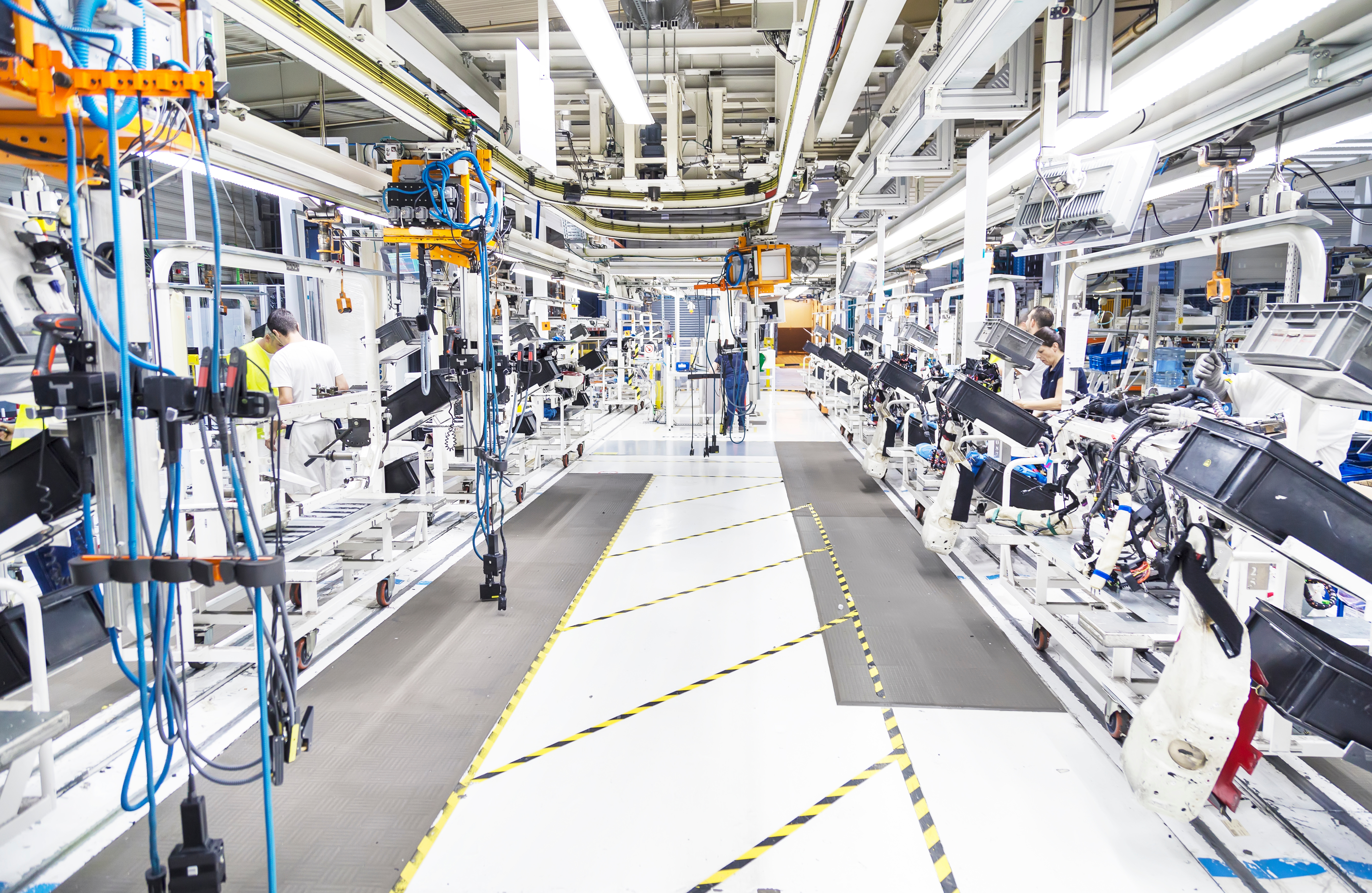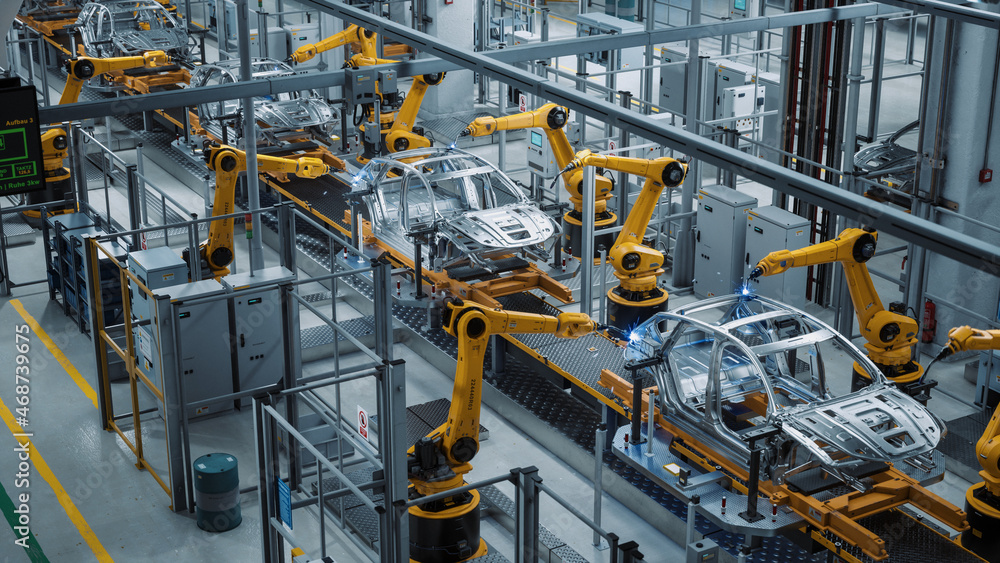Automotive Sequencing 101: Manufacturing in Sequence
Manufacturing in sequence is the process of assembling parts in a sequenced order as defined by an OEM. The benefit of this process is its ability to reduce the number of incorrect assemblies produced, which in turn, saves time and minimizes the amount of material wasted.
What parts are manufactured in sequence?
Parts that are manufactured in sequence tend to be complex assemblies. In automotive manufacturing for example, these assemblies would be seats, instrument panels, doors, consoles, etc. In comparison, parts that tend to just be sequenced, often in a “pick and pack” operation, are simpler; wire harness, coils/shocks, bumpers, grills, exhaust, etc. However, this is not the definitive rule. Complex parts could still be manufactured in batch and sequenced later, and simpler parts may be manufactured in sequence. It is all dependent on the requirements of the OEM and supplier.
What are the benefits and risks?
Suppliers essentially have two choices when it comes to providing sequenced parts to an OEM; either a just in sequence or manufacture in sequence process. The first scenario, requires having assembled parts or components available to sequence into a rack once they receive the OEM demand. Without knowing exactly what the OEM will need, this could result in excess assemblies, rework requirements, or the need to create new parts with limited time available. This would be exceptionally true for parts that have numerous variations such as automotive seats.
The other option, is to manufacture in sequence. As mentioned previously, the largest benefit of this process is its ability to reduce the risk of invalid assemblies. By minimizing this risk, it also reduces the amount of scrap material generated and decreases the need for rework. However, the largest risk to manufacturing in sequence is timing. There is a limited amount of time between when the demand is received and when the part is required at the OEM assembly plant. If an issue arises during manufacturing, the supplier runs the risk of halting OEM production.
In the event that damage occurs during the part assembly process, the part may either be scrapped or reworked depending on the level of damage. If a part is considered completely unusable and scrapped, then a new assembly must be created as a replacement. Many suppliers keep a stock of completed assemblies as “safety stock” for such situations. If safety stock is not available, the supplier may have to create a “hot truck” assembly. It is essentially a replacement part that is a priority assembly taking the place of the one that had to be scrapped.
Insequence Corporation
Insequence is a leading provider of sequencing and manufacturing software solutions. Easily tailored to individual facilities, their software’s modular design can fulfill requirements no matter the size or complexity of the system. This results in a standard sequencing system, SPD Pro that is more complete and more capable than any other solution. In addition to just-in-sequence (JIS), Insequence provides MES, Inventory Management, and SCADA solutions.
With experience throughout the Americans and Europe, plus dozens standard automotive OEM interfaces and 24 x 7 x 365 customer support, Insequence is at the forefront of supply chain software solution providers. As a result, they still work with their original customer from 1996.
Written by Rachel Apsey and James Reeves
GO WITH THE PRO.
GO WITH INSEQUENCE.
The Company That Pioneered End-to-End Manufacturing.









